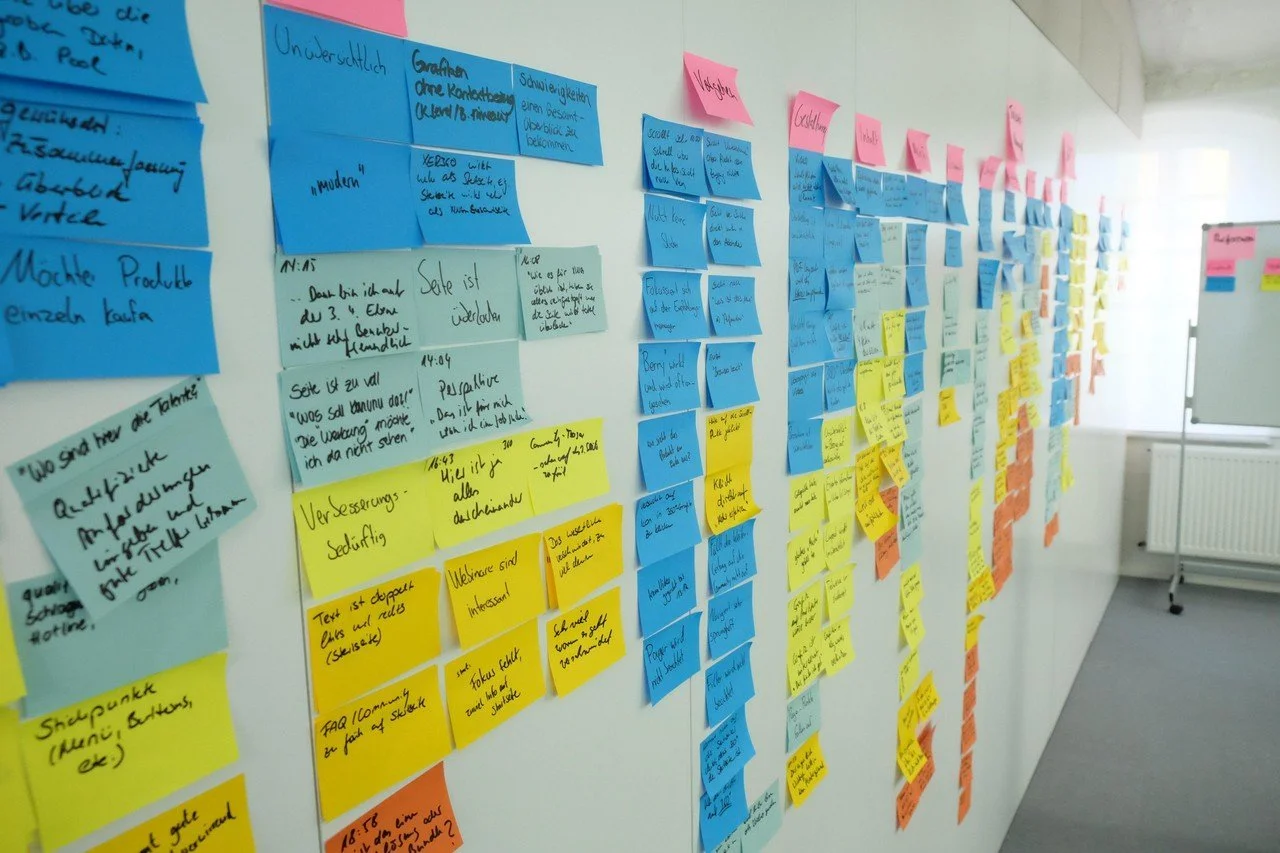Project 2: Enabling Research at Scale - Create and Gather
Recognizing the imbalance between UX Research and UX Design, ADP initiated a strategic restructuring of its UX Design and UX Content functions.
The initiative aimed to democratize research capabilities across teams, empowering them to generate user insights independently.
By embedding research skills into the broader organization, ADP reinforced a culture of evidence-based decision-making, with a strong focus on validation through scalable approaches such as unmoderated testing.
The context
ADP’s Structure
ADP structure: with ~200 UXD vs ~50 UXR, Researchers cannot currently fulfill all the research needs.
Therefore, there is a necessity to enable designers and content writers to conduct some of their own studies.
These studies should be identified as low risk for the business but still necessary from a design perspective.
Objective
To empower teams during the rollout, I implemented a four-pillar framework designed to build both capability and impact.
The first pillar, Knowledge, centers on equipping teams with the research skills required to generate meaningful insights. This pillar constitutes the focus of the current project.
\The remaining two pillars will be addressed in Projects 3 and 4, as outlined below:
The second, Autonomy, ensured that teams could confidently conduct independent research across different functions and projects.
The third pillar, Support, provided centralized resources and consistent guidance to streamline their efforts.
Finally, Influence established a continuous and inclusive research program that encouraged collaboration and ensured research had a lasting impact across the organization.
Meet the Team
This Program was led by me overseen by my manager Jennie, head of UX Research
-
Lead UX researcherLead the Enablement program
-
Head of UX Research
Leads UX Research Globally
Teaching UX Research Processes:
Understanding UX Research
As a first step, I taught the fundamentals of UX research which was essential for guiding teams in effective research practices.
Research Steps
Through a series of workshop, I shared with the teams the different steps of the UX research process. The objective was to ensure a structured approach to gathering data. That was eased by processes already existing that I created some years ago.
Research Methods
During 3 sessions, I taught the different research methods (all of them with an emphasis on usability type of study). I also made sure that stakeholders know when to use which method (keeping it high level quant vs qual). That was also key to empower teams and make sure they conduct best in class research.
Example: I conducted a series of 3 sessions on Which method to use and when
Tool Usage: Hands-On Training and Group Sessions
Hands-On Tool Training
I created and recorded some training sessions on how to use the tools effectively (Maze, User Interview,…), enhancing their skills and confidence.
Collaborative Learning
I organized group sessions and promoted collaborative learning, allowing stakeholders to share insights and improve their research capabilities together.
Educational hub
Includes video training, interactive video sessions, webinars. A One stop-shop for all.
Example: All the learning sessions were recorded and available for any team member
Governance Compliance And Administration
Importance of Governance
Educating teams on governance and compliance ensures that everyone is aware of their responsibilities in research.
Compliance Regulations
Familiarity with compliance regulations helps researchers align their work with necessary legal and ethical standards.
Administration
Participants needed to familiarize themselves with the UX Research process, which includes creating a UXR story in Jira and setting up a file in their SharePoint space.
Example: Conducted one session about GDPR (European regulation) – Teams also had some mandatory sessions to complete.
Outcomes
Satisfaction & Attendance
Participants gave the program strong ratings, with 90% reporting they were either Very Satisfied or Satisfied.
Workshop attendance steadily increased, peaking during the tools training session, which achieved 100% participation.
Achievements
6 studies were conducted by 12 participants.
Four out of six studies were successfully completed by participants in the program. A study was deemed complete when the participant delivered and shared their readout with relevant stakeholders.
Rewards
12 participants were recognized and awarded during the quarterly meeting.
Each recipient received a My Moment to highlight and celebrate their success.






